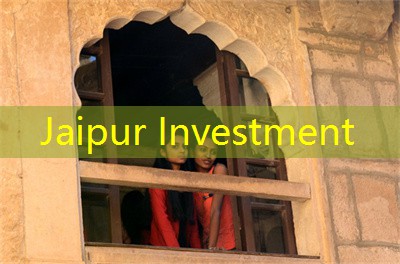
Is email deadSimla Wealth Management? Lately, it feels like the marketing world has fallen out of love with email. McKinsey’s iConsumer survey reported a 20% decline in email usage between 2008-2012, as the medium surrendered ground to social networks, IM, and mobile messaging apps.
However, while marketers expect to shift budgets to other channels (including social and display) in the coming years, email continues to account for a far greater share of acquired customers than social media – nearly 40x that of Facebook FB +0.99% and Twitter combined (see Exhibits below). Email remains a critical part of the marketer’s toolkit, with 91% of all consumers still reporting daily email use. Email conversion rates to purchase are estimated to be at least 3x as high as social media conversion rates, with average order values estimated to be 17% higher via email than social media, according to eMarketer.
Marketing investments in new channels are certainly necessary, as companies learn to master omni-channel marketing. But marketers should also remember that email marketing also requires investment, as it continues to evolve. Marketers need to adapt to a new inbox in order to harness the full power of emailGuoabong Wealth Management. Here’s how.
Marketers often obsess over every aspect of every message sent, from subject line, to visuals, to copy. And they should—as long as they don’t forget that the email is only the first click – literally – in the consumer’s decision journey.
The email is part of a series of interactions with the brand. When developing emails, marketers should be just as obsessed with where an email sends the user. Why invest so much time on an email only to drop the user onto the generic home page? Customized landing pages—sending the user directly to the item or offer featured in the email—can result in conversion rate uplifts of 25%+.
And don’t forget mobile. Nearly 45% of all marketing emails today are opened on a mobile device, according to eMarketer. Yet many marketers fail to optimize landing pages for the platform. Google GOOG +0.36% says 61% of users are unlikely to return to a mobile site they had trouble accessing. Worse, 40% visit a competitor’s site insteadAhmedabad Wealth Management!
The best marketing organizations view every email as an opportunity to learn more about their consumer. They define clear learning objectives for each campaign, capture the data, and share it within the marketing group and throughout the organization.
One multi-channel apparel player recently implemented a monthly review of email campaigns, in which marketers share three “hits” and three “misses.” The reviews are attended by marketers, merchants, and brand teams. Top lessons are broadcast on closed-circuit TV screens throughout the corporate campus.
“We want our team to share every lesson,” explains the head of direct marketing. “If what we’re doing doesn’t work, we should celebrate finding that out.” Through this continuous learning process, the company is on course to double ecommerce revenues as a percentage of total sales while keeping the number of email campaigns constant.
Standing out has certainly become more difficult; in the US, email volumes will reach a record 838 billion marketing messages in 2013, according to Forrester. Given this backdrop, it’s no wonder why relevancy should be a priority for every marketer.
The best emails feel personal. And they are. Flash sales site Gilt Groupe, for example, sends over 3,000 variations of its daily email, each tailored to past user click-throughs, browsing history, and purchase history. Of course, building true customization and targeting abilities is a transformative process that requires specific capabilities and supporting infrastructure. Customer information – which often lives in different parts of the organization – must be aggregated to create a single view of each consumer. A targeting engine must be built to guide the right message to the right person. And operations need to be ready for the change; creating and sending 3,000 emails per day is very different than sending one mass email blast.Bangalore Stock Exchange
While it may sound like a lot of work, there is evidence that targeting drives real return. One financial institution increased revenues from target segments by 20% by using lifecycle events to trigger personalized emails to existing customers. Home goods retailer Williams-Sonoma reported a 10x improvement in response rates from personalized email offerings, based on individuals’ onsite and catalog shopping behavior.
Hyderabad Investment








